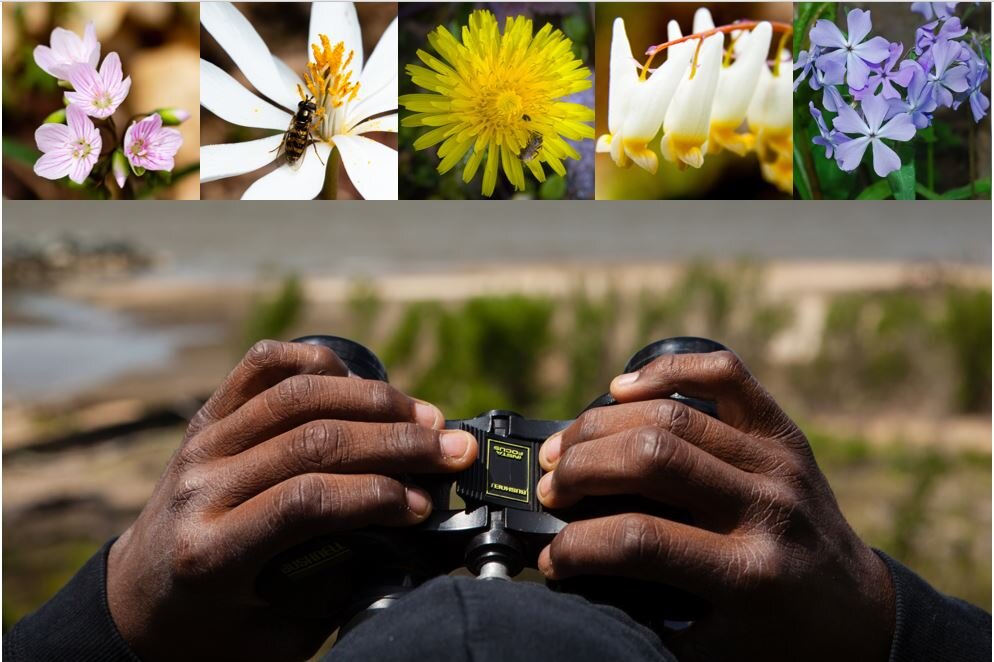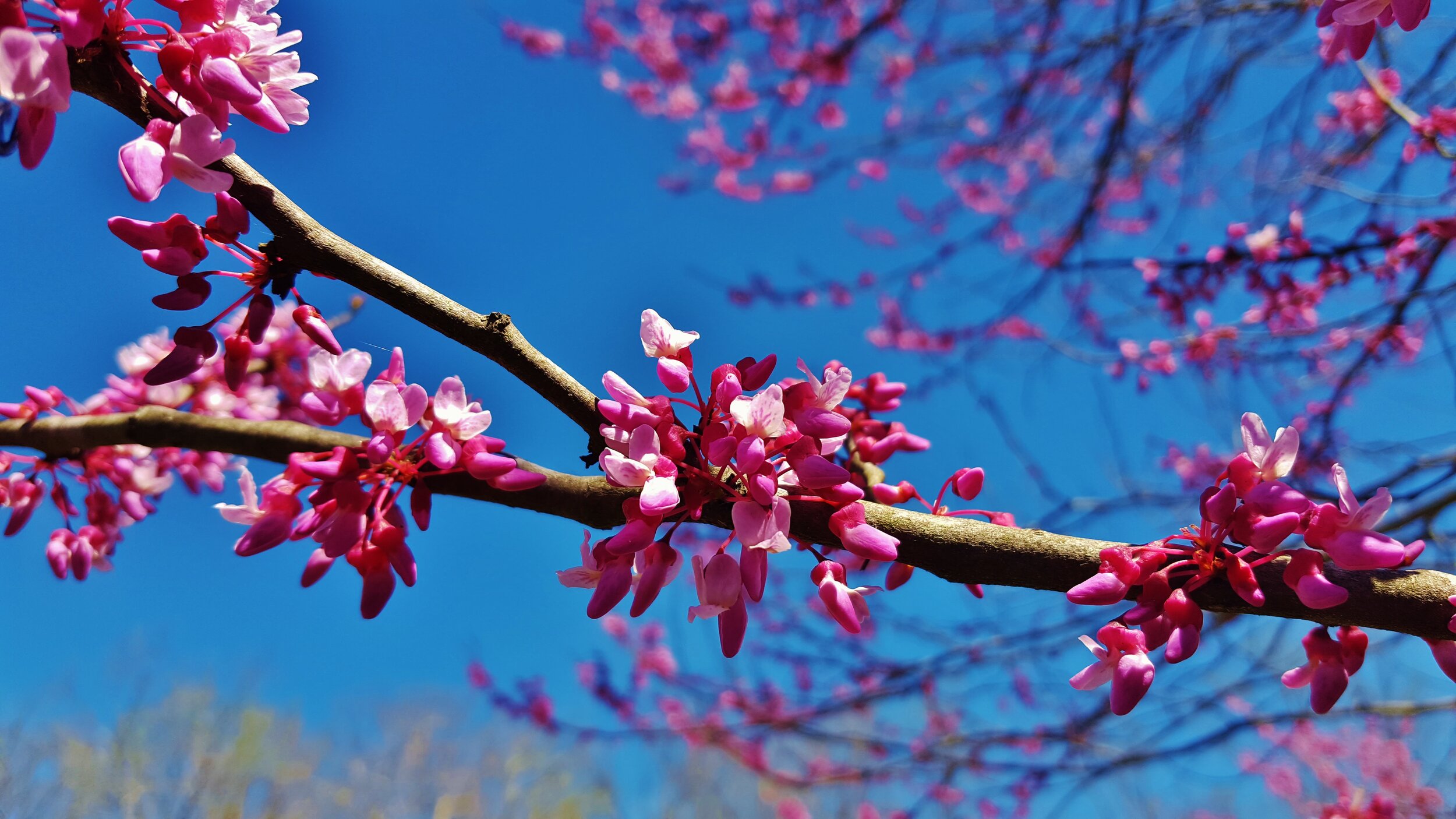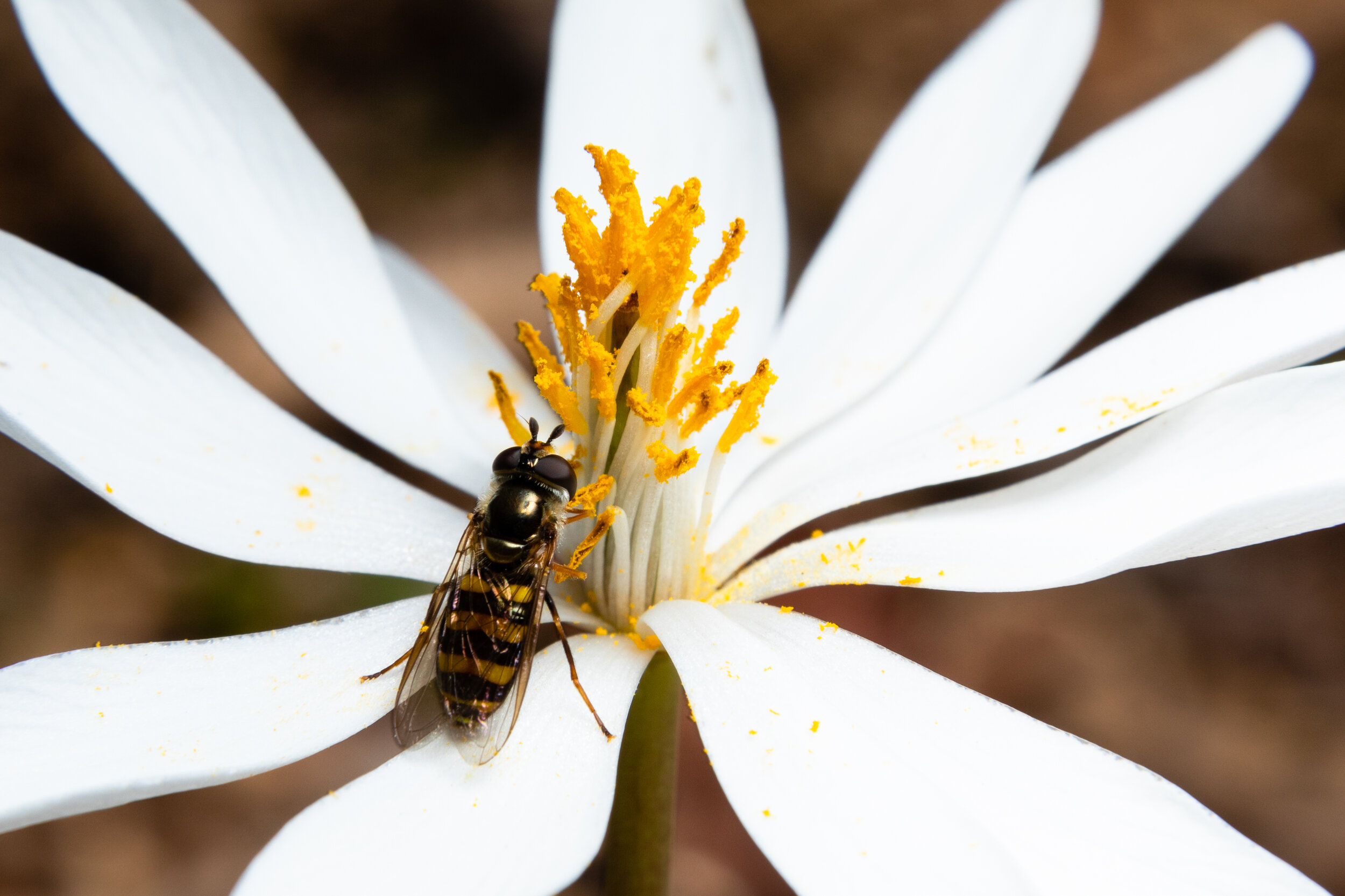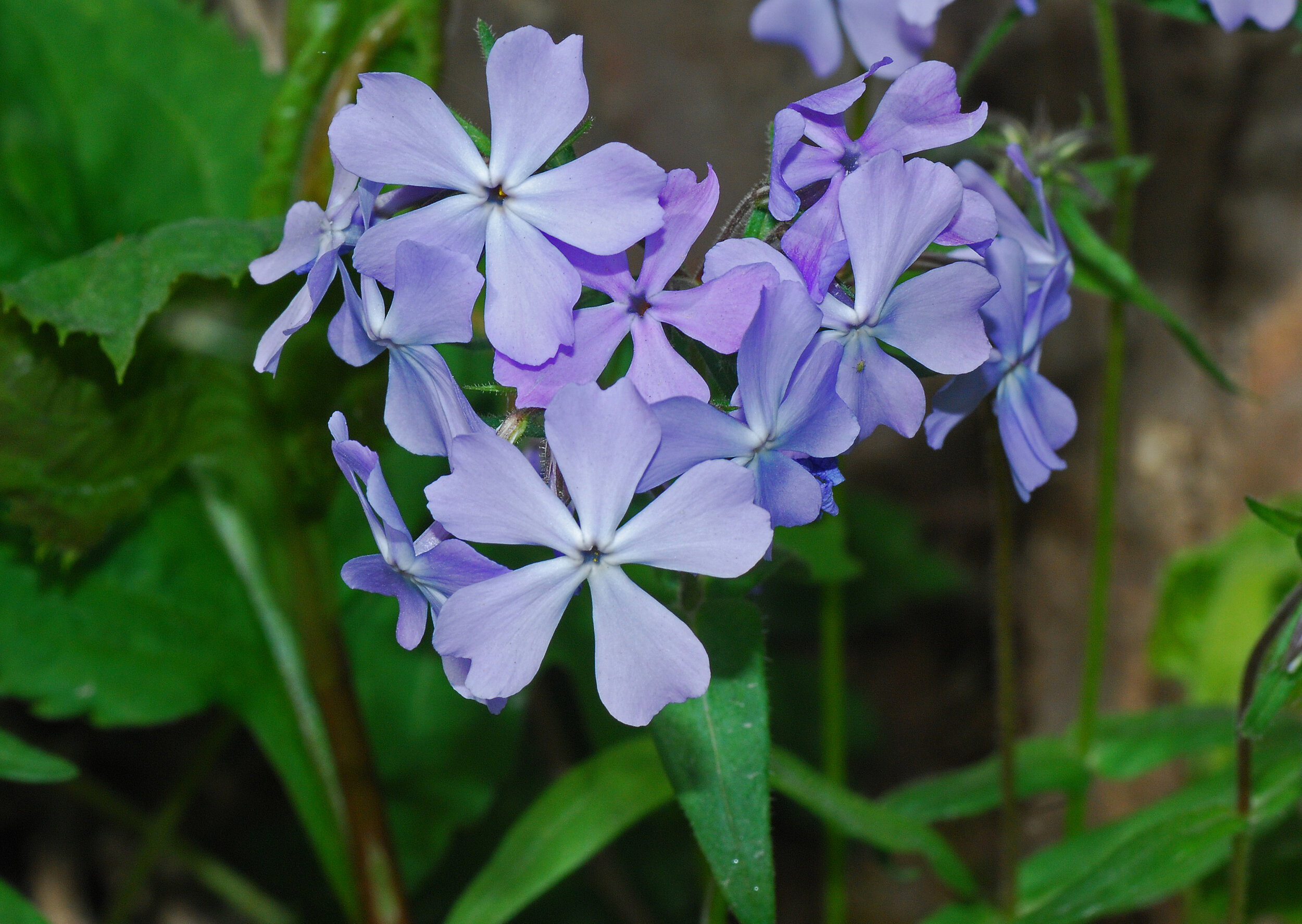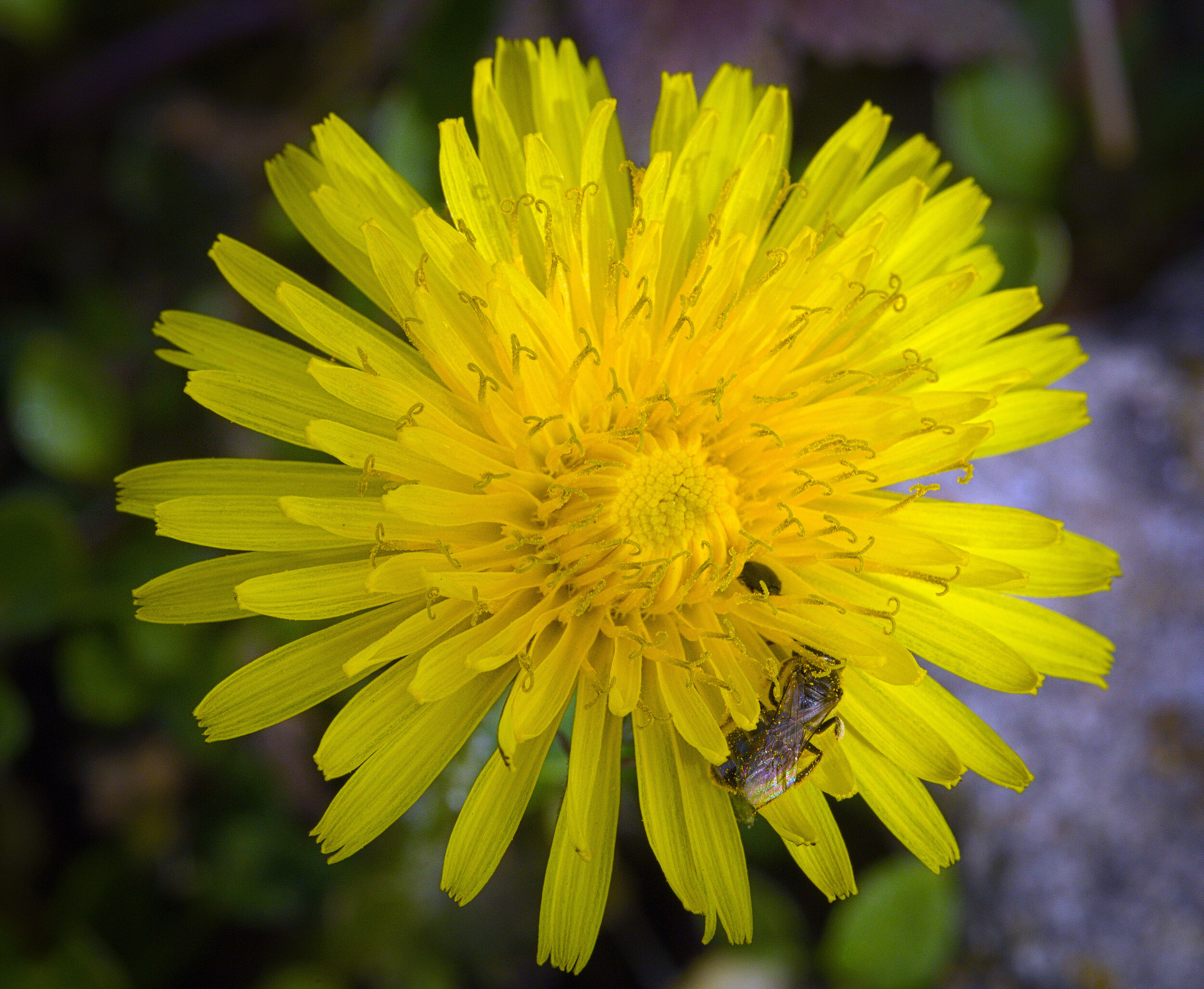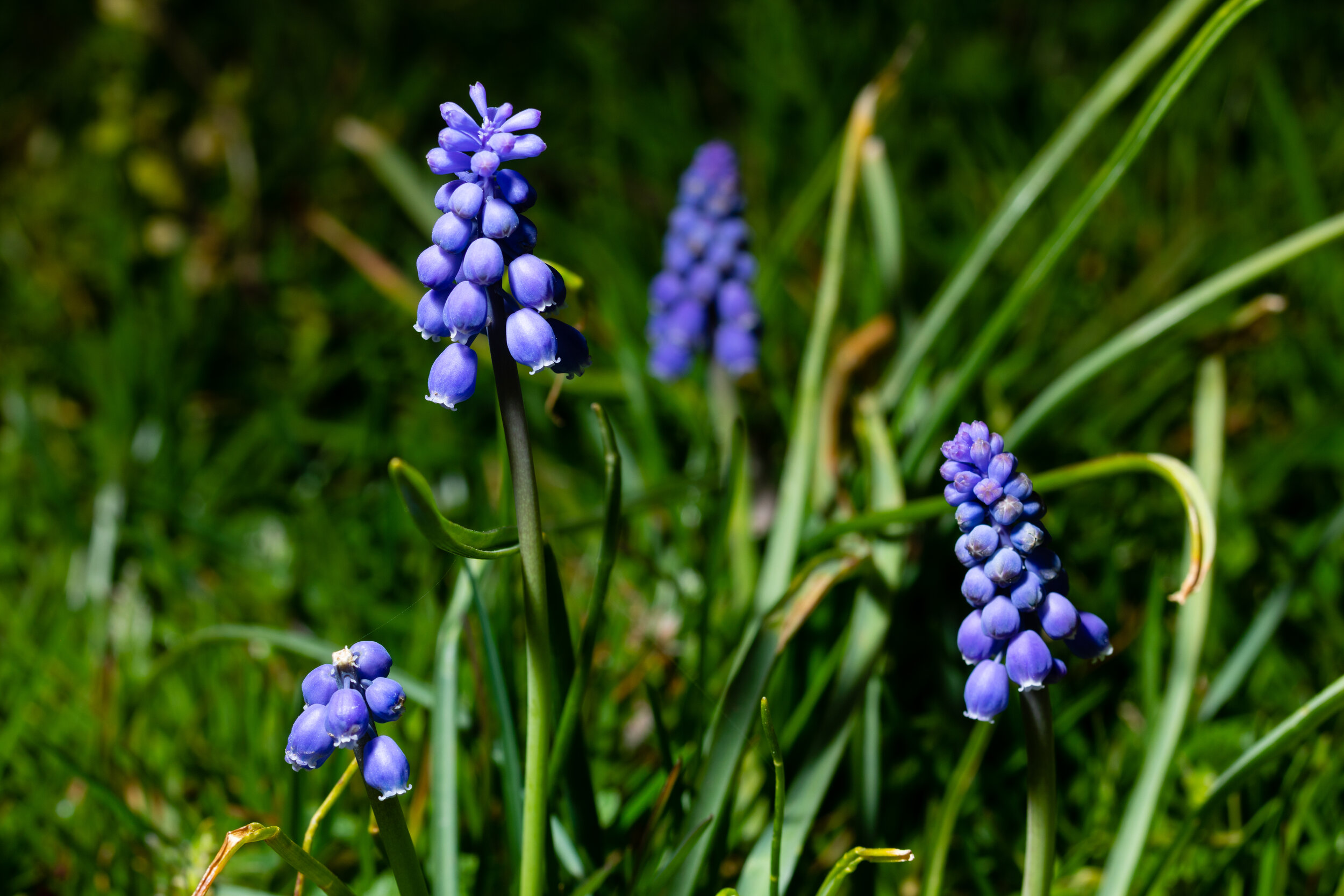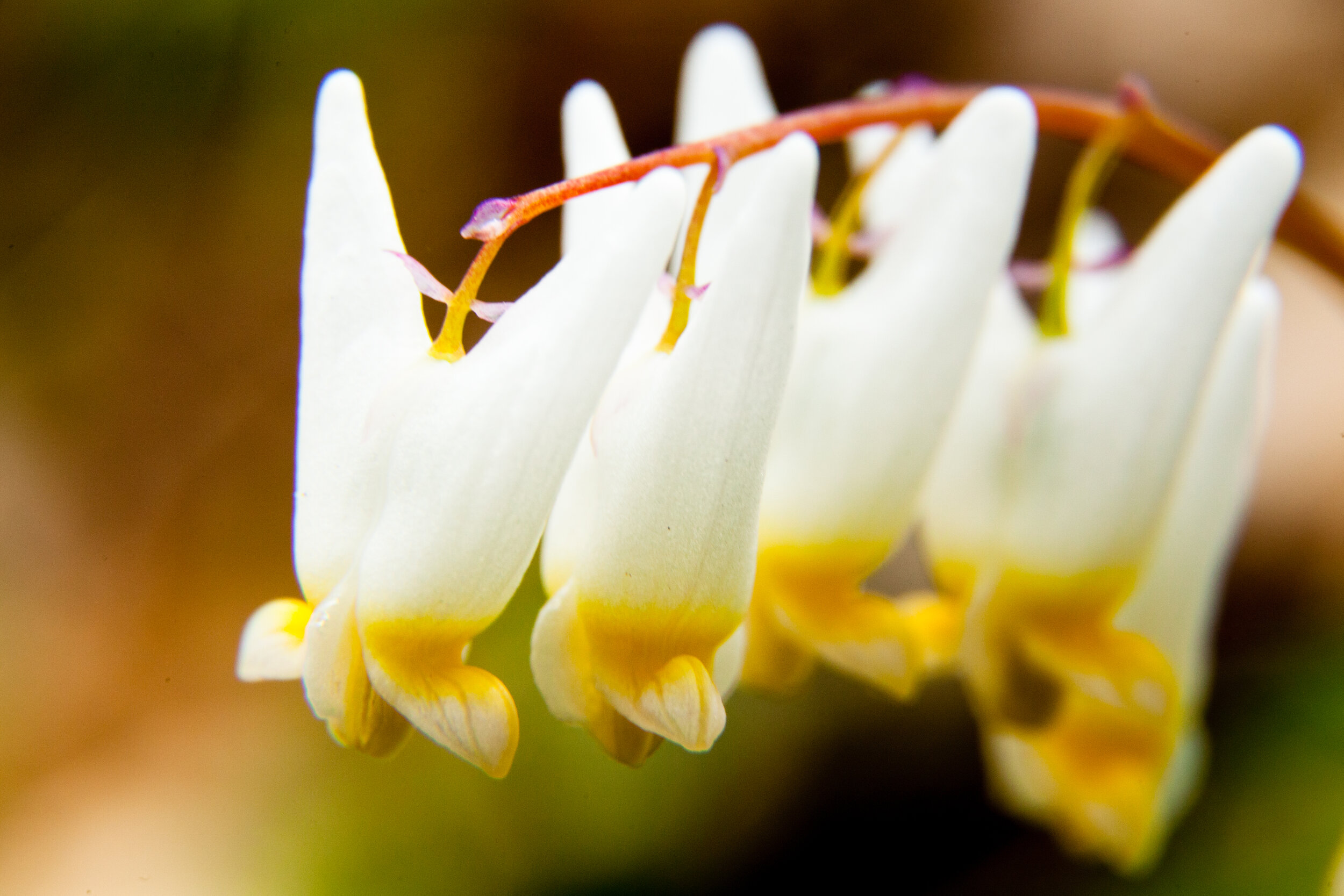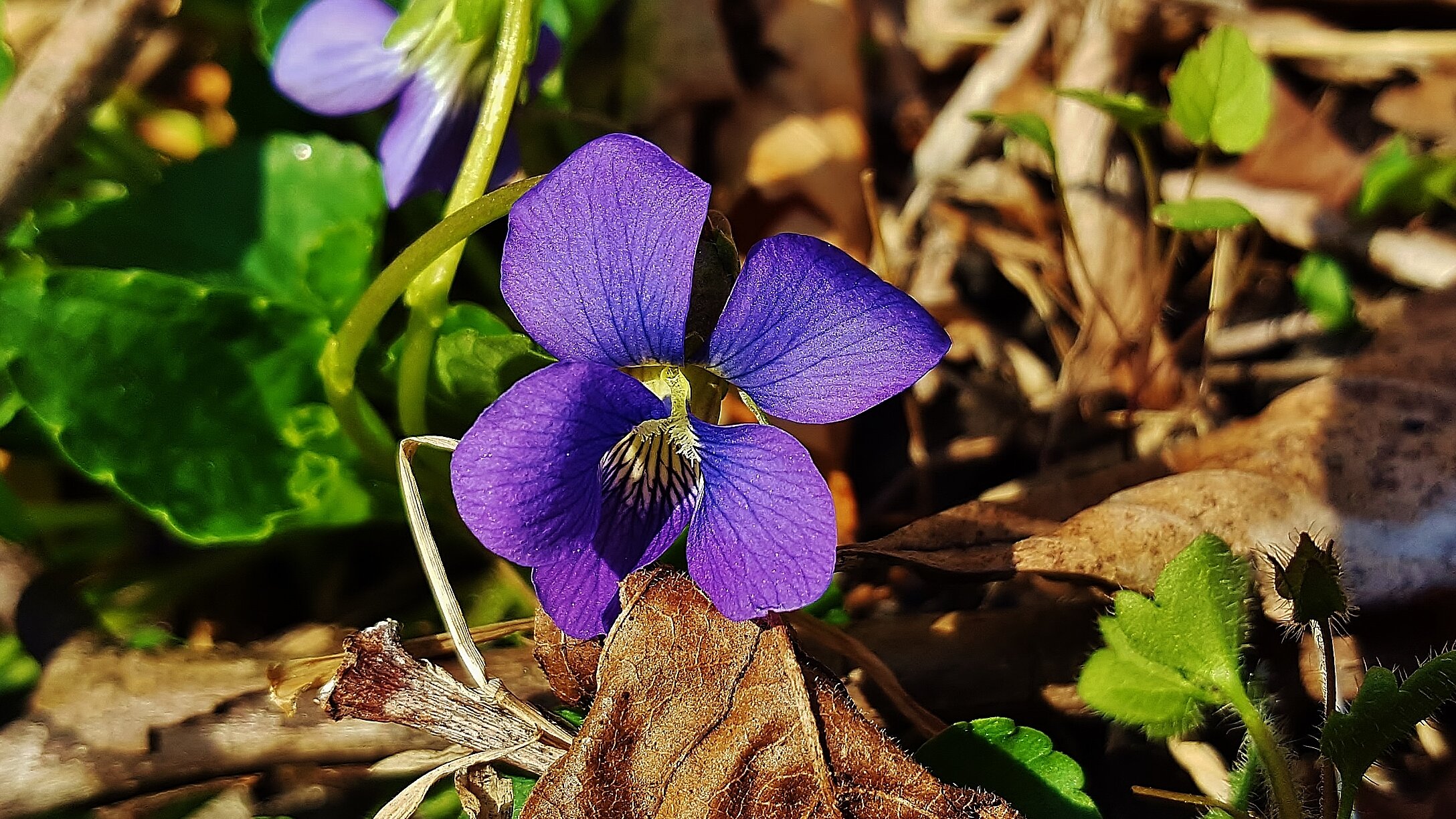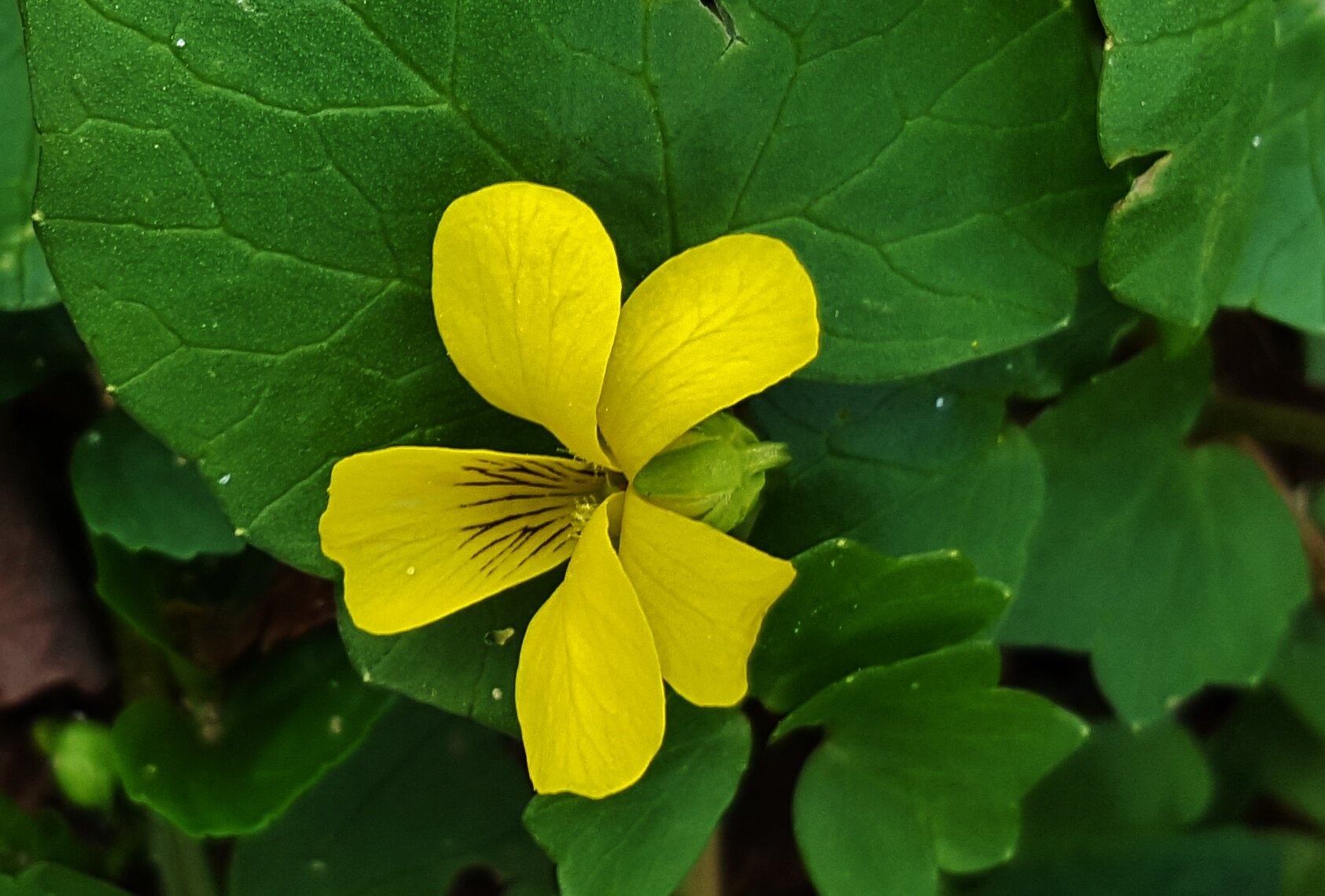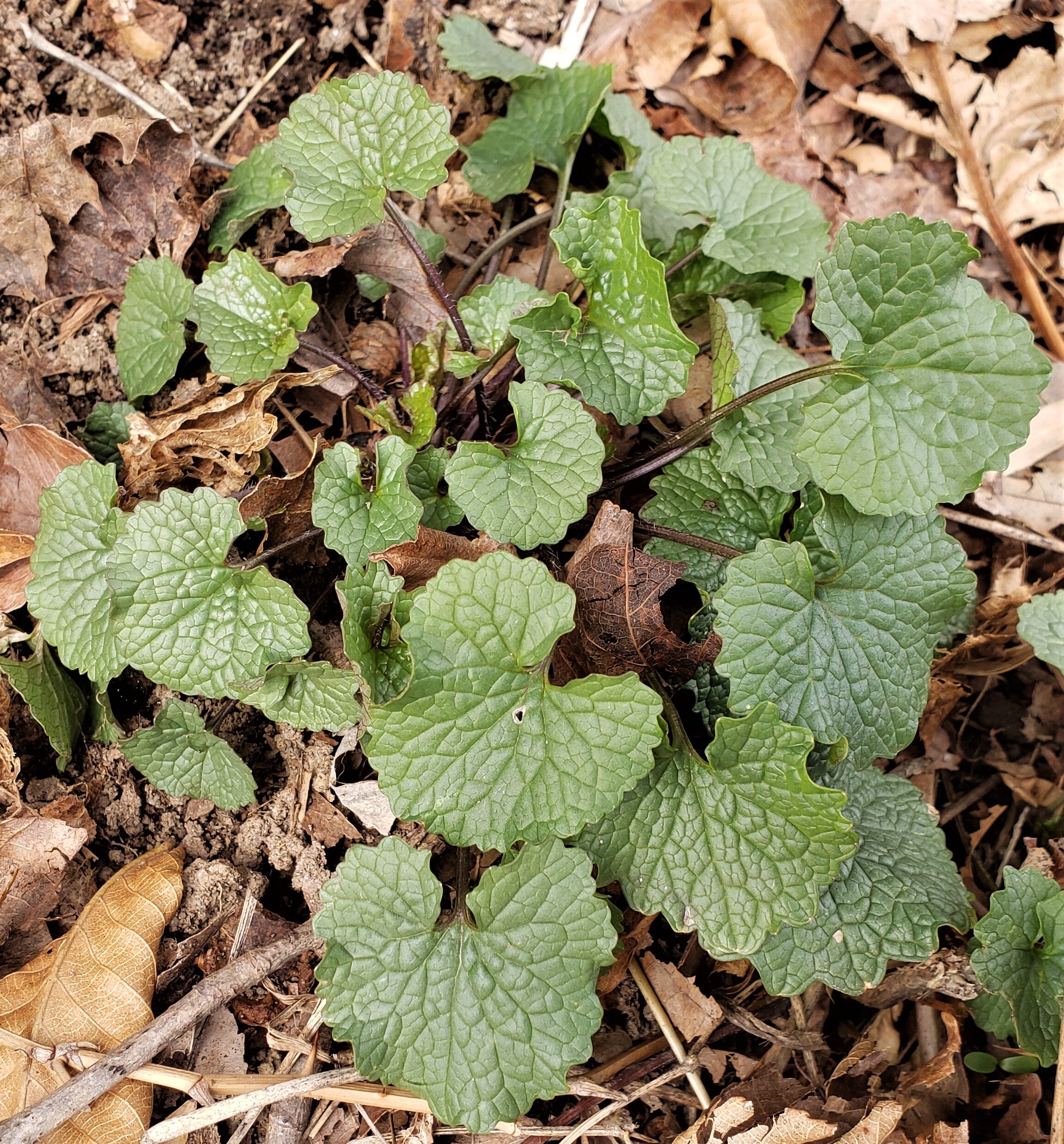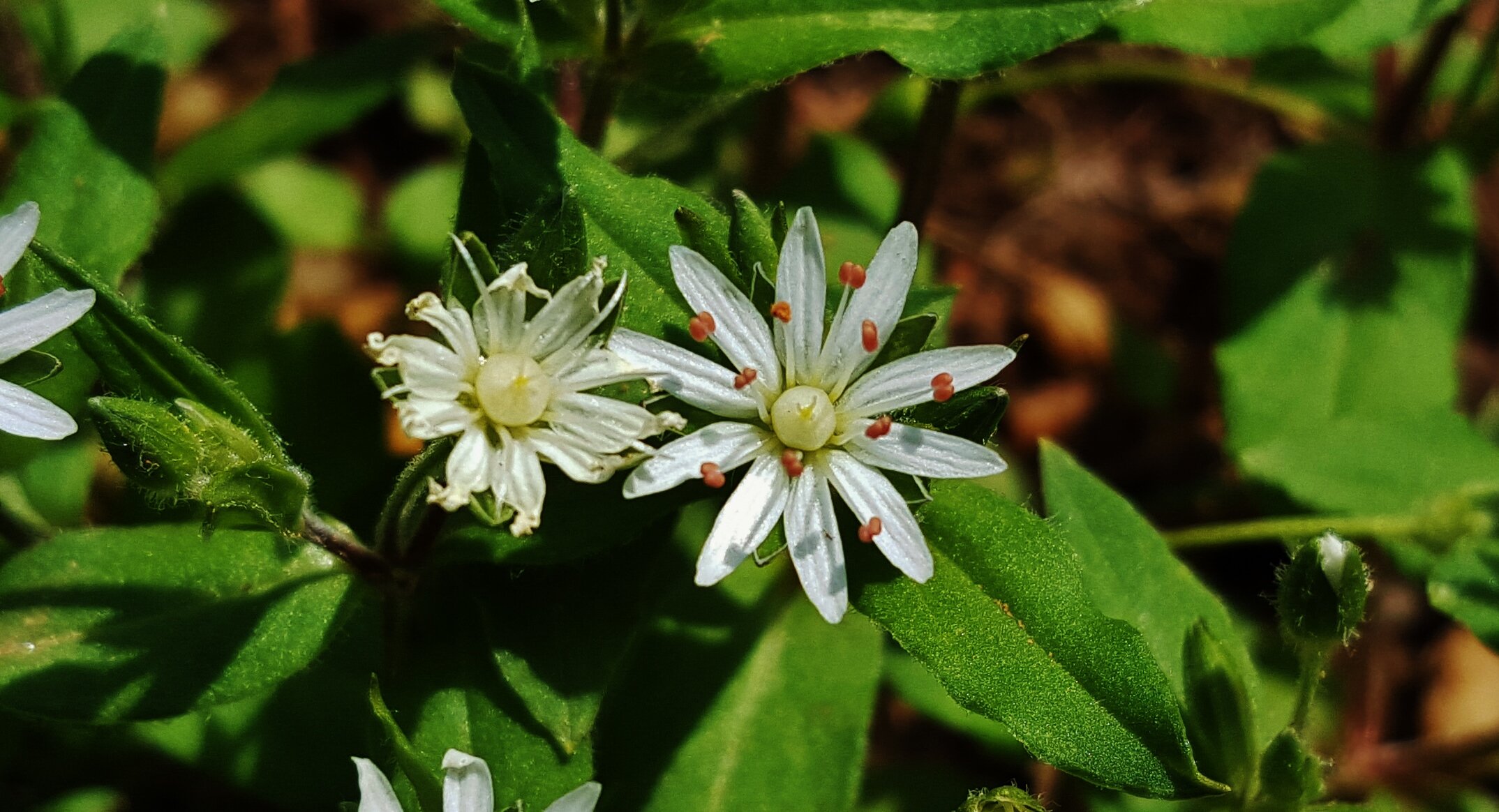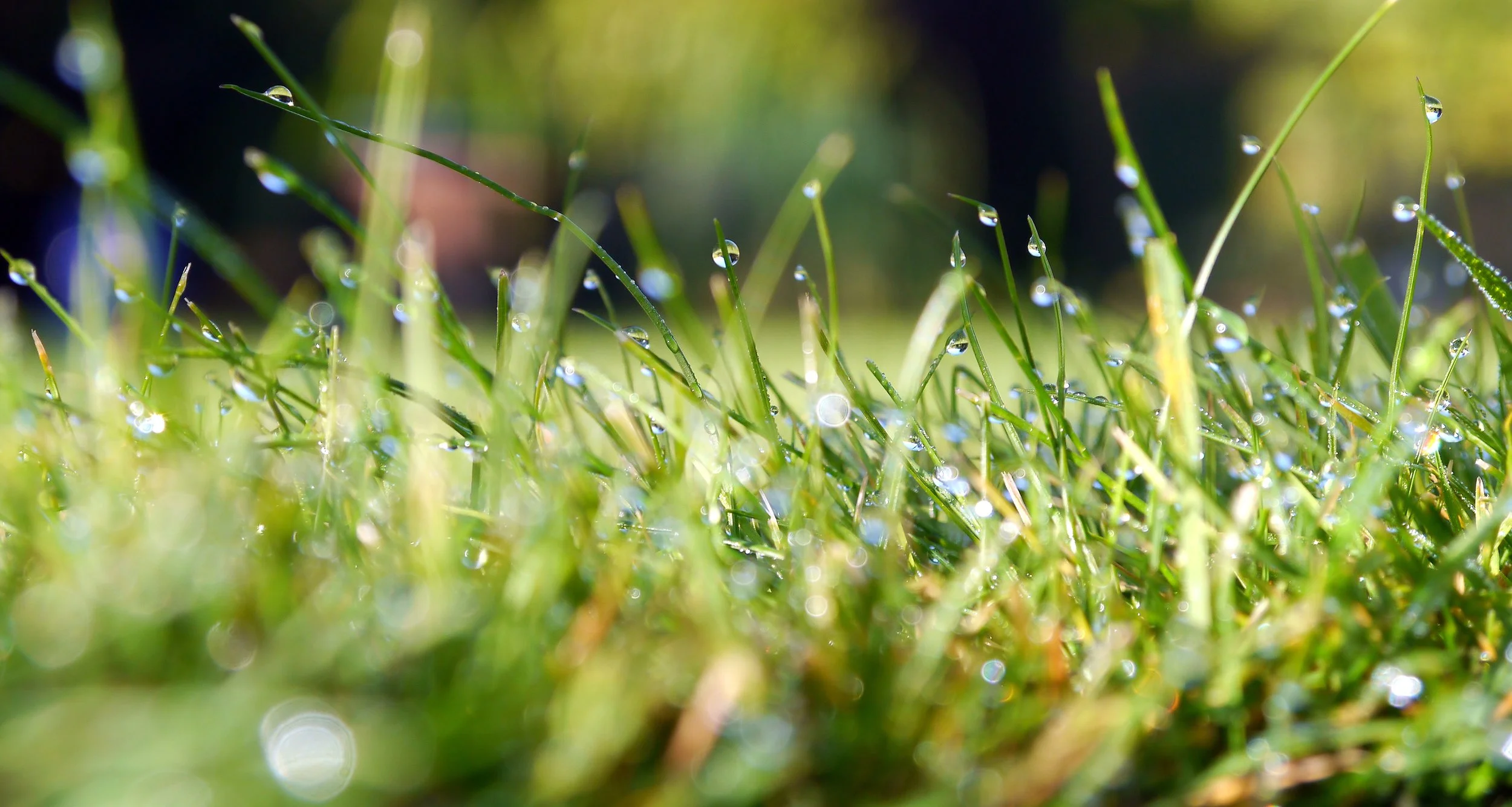Streamside Scavenger Hunt: Can you find these flowers?
/Add adventure to your next hike by hunting for native and invasive Potomac River plants
Photos courtesy of the Chesapeake Bay Program
So you’ve heard from experts, pundits, and even from us: taking a walk in the woods or by the river is an excellent restorative in times of stress.
But maybe you’ve taken a few (hundred) responsibly-socially-distant hikes in the past year and are starting to feel a little stir crazy, even in nature. Sounds like you’re ready to graduate to the next level of streamside study.
Part of appreciating and enjoying the natural world is being able to understand and identify what you’re seeing. Once you start being able to identify, oh…say the wildflowers common along the C&O Canal and Billy Goat Trail, you’ll start to notice patterns in where they grow from year to year, their relationships with the animals that pollinate them, how the invasive species encroach on the native ones, and how the quality of the water affects them all. Not to mention impress your friends.
So what’s the best way to become a local flora authority? A scavenger hunt, obviously!
What You’ll Need
A route - or routes! This scavenger hunt is designed with spring wildflowers commonly found along the C&O Canal towpath and Billy Goat Trail in mind, but they can be found throughout the Potomac River watershed. The National Park Service website is a great resource for planning your trip and the All Trails app can help you navigate while you’re out. And don’t worry if you can’t find everything in one go, that just means you’ll get to keep exploring another day!
The scavenger hunt itself. Scroll down for more information on the 21 flowers to find…or print out this portable checklist.
Identification guides. Not sure if what you’re seeing is a phlox or a periwinkle? Find something that’s not even on our list? Don’t worry if you don’t have an old school species ID guide (though those still work!). The iNaturalist app uses crowd-sourcing to help you identify plants and animals in the field and this Mid-Atlantic plant guide can help you differentiate between common invasive species and their native look-a-likes.
Know what to do if you spot an invasive species. Invasive plant species can quickly overtake native ones, reduce biodiversity, and have detrimental effects throughout our environment. To fight them, scientists need to collect data about where and when they’re growing - that’s where you come in! By learning to identify common invasive species (six are included below, read about even more here) and reporting their location through the MAEDN (Maryland Early Detection Network) App, you’ll help build a community-driven map and an invaluable tool for conservation.
And finally…here are the flowers!
Time to get hunting - let us know how you do by posting your scavenger hunt sheets on Instagram and tagging @potomacconservancy!
Eastern Redbud (Cercis canadensis)
Image COurtesy of MaTTHEW bEZIAT/FLICKR
A redbud tree in spring bloom is a delightful sight - its tight clusters of tiny, bright pink buds cover the widespread branches, creating a cotton-candy crown. Who needs cherry blossoms, anyway?
Bloodroot (Sanguinaria canadensis)
Image courtesy of the chesapeake bay program
Why’s it called bloodroot? When cut, the root and rootstalk secrete a red fluid. These parts of the plant are also commonly used in alternative medicine to induce vomiting…so stay away.
Blue Phlox (Phlox divaricata)
IMAGE COurtesy of TIM HOEFLICH/FLICKR
Though called blue phlox, these delicate flowers can range in color from pale blue to violet. Maybe that’s why some prefer to call them Woodland phlox or Louisiana phlox. Just don’t confuse them with…
Periwinkle (Vinca major)
*non-native
pHOTO cOURTESY OF rOBBIE sPROULE/flICKR
Don’t let this little flower’s pretty appearance (or similarity to blue phlox) fool you. Native to the western Mediterranean, it can spread wildly and smother native plants in our region.
Spring Beauty (Claytonia virginica)
Spring beauty varieties abound, but the Virginia spring beauty is what you’re most likely to see along the canal. More than good-looking, these flowers are edible too!
Drooping Star of Bethlehem (Ornithogalum nutans)
*non-native
Also called the “Nodding Star of Bethlehem”, this showy flower doesn’t belong around here, unfortunately. Once established on the forest floor it spreads widely and replaces native species like bloodroot, bluebells, and may apple.
Virginia Bluebells (Mertensia virginica)
This lavender-blue, trumpet-shaped flowers are hard to miss if you hit the river at the right time! During “bluebell season” in March and April, they turn riverbanks into spectacular sky-blue seas.
Common Dandelion (Taraxacum officinale)
Remember, this fuzzy flower can be found in two forms. The yellow petals turn into balls of silver tufted fruits, which then disperse in the wind. Both the yellow lion’s head and the “blowball” or “clock” form count for our scavenger hunt!
Fig Buttercup (Ficaria verna)
*non-native
Image courtesy of Vilesk Ogen/FLICKR
Also known as “lesser celandine” or “pilewort”, this glossy-petaled, dandelion look-alike isn’t just invasive - it’s poisonous if ingested raw and potentially fatal to grazing animals like horses, cattle, and sheep!
Dogwood trees (Cornus)
Image COurtesy of Matthew Beziat/FLICKR
There are many different varieties of dogwood tree, all beautiful enough that people choose to plant them in their yards and gardens. Along the river and canal, they grow wild!
Dwarf Larkspur (Delphinium tricorne)
Image Courtesy of Tom Benson/FLickr
Like the fig buttercup, these are in the buttercup family…but they’re native! Good thing too, since their long stems with scant leaves and showy purple flowers are a special sight to see.
Grape Hyacinth (Muscari armeniacum)
*non-native
Image courtesy of the CHesapeake bay Program
Like the dwarf larkspur, this invasive plant has a tall stem of cascading purple flowers. It should be able to remember its name though, as the bulbous flowers look just like a bunch of grapes.
Dutchman’s Breeches (Dicentra cucullaria)
IMAGE COURTESY Of CHesapeake Bay Program
So called because they look like, well, a Dutchman’s breeches. You may also see the quite similar looking, and related, Squirrelcorn (Dicentra canadensis).
Speedwell (Veronica)
Keep your eyes low to the ground! You may see a few varieties of these tiny flowers in dense patches of ground cover.
Birdsfoot Violet (Viola pedata), Common Blue Violet (Viola sororia), or Yellow Violet (Viola pubescens)
You might find several different types of violets along our shores, so we’ll give you a point for any of them. Just remember, not all are, well, violet.
Jack-in-the-Pulpit (Arisaema triphyllum)
The sculptural blossom of this woodland plant sprouts from a separate stalk at the same height as its leaves. The cluster of bright red berries will appear later in summer.
Garlic Mustard (Alliaria petiolata)
*non-native
This common flowering plant was likely introduced to the US in the early 1800s by European settlers as food—in fact, many people still eat it!
Since it inhibits the growth of native plants and threatens native butterfly species (who lay their eggs on it, not knowing the leaves will kill the larvae), we say, eat away!
Daisy Fleabane (Erigeron annuus)
IMAGE COURTESY OF CHESAPEAKE BAY FOUNDATION
These simple and pleasing signs of spring can have 40 to 100 “ray florets” (aka petals) per flower! Don’t worry, you can identify them without counting.
Star Chickweed (Stellaria pubera)
IMAGE COURTESY OF MATTHEW BEZIAT/FLICKR
This firework of a flower is endangered in New Jersey, so take the time to appreciate its abundance along the Potomac!
Japanese Honeysuckle (Lonicera japonica)
*non-native
IMAGE COURTESY OF MATTHEW BEZIAT/FLICKR
Despite its syrupy fragrance, this imported ornamental plant is not so sweet. It entangles the native plants on which it grows, blocks them from sunlight, and smothers them.
Red Trillium (Trillium erectum)
You may not want to get too close to this bold flower. Its geometric pattern of diamond shaped leaves and crimson petals may be attractive, but it has a foul smell. Luckily, the carrion flies that pollinate trillium love the scent!




